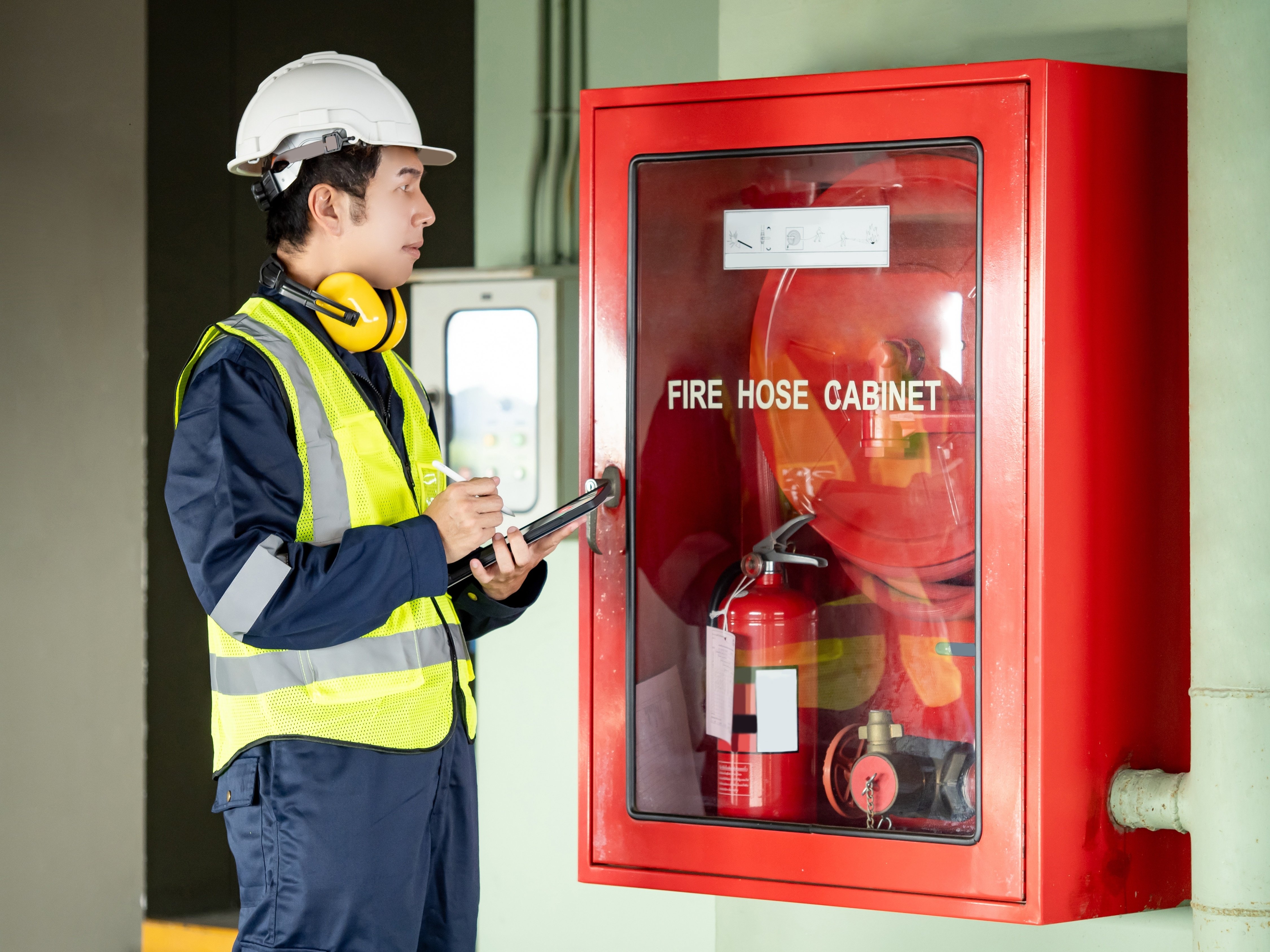Contents
Definitive Sentencing Council Guidelines
12 November 2015
On November 3 the Sentencing Council published its Definitive Sentencing Guidelines for Health and Safety Offences*. These largely confirm what had been set out in consultation – namely that the potential fine will vary with the size of the organization (and therefore ability to pay), level of culpability and harm category (a combination of the likelihood of harm and the seriousness of the harm risked). A number of tables summarize the fines, which range up to £10m for a large (>£50m turnover) organization with very high culpability. Even a £10m turnover company could face fines ranging up to £4m.
An organization can be found to be “highly culpable” (the second most serious category) if it has “fallen far short of the appropriate standard; for example by ignoring concerns raised by employees or others, or failing to make appropriate changes following prior incidents”. One challenge for organizations is not only to maintain the appropriate standard, but also to be able to demonstrate that the standard has been met. This includes providing employees with a simple means to raise concerns and ensuring that follow up actions are taken. This is precisely why our customers employ our health and safety solution with its incredibly simple interface for the occasional user, backed up by comprehensive action management and reporting. Using our solution to demonstrate strong health and safety management can reduce culpability to from “high” to “low” and the scale of potential fines by over 90%.
Similar guidelines apply to individuals, for whom reducing culpability from “high” to “low” can make the difference between a 1 year prison sentence and a Band F fine (6 times weekly income).
Structure of the Guidelines
As we know, the guidelines are broken down into nine categories, each to be considered by the sentencing Court in turn. The first three categories are, in our opinion, the most significant, as representations need to be made on behalf of the defendant to encourage the Court to either chose lower categories, which leads to more favourable sentencing options, or to encourage the Court to sentence at the bottom end of a range which could make a significant difference to the overall fine.
The first consideration of the Court in accordance with the guidelines is the level of culpability, where the range is from ‘very high’, which involves a deliberate breach or flagrant disregard for the law, to a ‘low’ level of culpability when significant efforts were made to address the risk (albeit inadequate on this occasion), there was no warning of the risk and the failings were minor and an isolated incident.
The next stage considered is the seriousness of harm ‘risked’ and the likelihood of that harm occurring. Health and Safety is based on ‘risk’ and the overarching duty for each duty holder is to ensure, as far as is reasonably practicable, the health, safety and welfare of employees and non-employees. There is no requirement for a failure to comply with this duty to result in actual harm but is the potential for the risk of harm which arises from the alleged breach of duty. When the Guidelines consider the level of harm, they are concerned with seriousness of harm ‘risked’ and if actual harm has been caused, this is used as an aggravating feature for the purposes of sentencing. On considering the seriousness of harm risked (which is almost always going to be ‘death’ or serious physical impairment), the court must then consider the likelihood of the harm occurring, which assists in identifying the most appropriate harm category. The category can be adjusted if the alleged breach resulted in actual harm i.e. someone was actually injured and/ or a wide group of the public or employees were put at risk.
Once the levels of culpability and harm are established, the Court will then consider the means or ‘turnover’ of the defendant to identify the appropriate sentence ranges within the guidelines. For very large companies with a turnover of well over £50m, there is an ‘anything goes’ approach and health and safety professionals have been awaiting the first sentencing hearing of an identified ‘very large’ company to see how the Court would apply the Guidelines in those circumstances. We eagerly anticipated the sentencing of Merlin Attractions Operations Limited (“Alton Towers”), many of us considering this company to be one of those “very large” companies and which resulted in a £5million fine – a lot less than many of us were expecting. However, the judge decided that he could sentence this company proportionately within the ranges provided for large companies. Some might agree that this was a sensible decision for the judge to make in the circumstances, but others might think this was an opportunity for the judge to set a useful precedent for not only the appropriate level of fine, but for the definition of what a “very large” company is, which the judge wasted.
Conclusion
It is important for Executive Boards and senior management teams to understand that steps can be taken in advance of a potential incident to ensure that culpability and harm levels are kept as low as possible and financial penalties that are imposed upon sentencing are not able to be covered by insurance. Many companies are now proactively investing in health and safety training and reviewing their policies and processes in order to avoid the potential effect of any criminal proceedings and/or convictions on the company and its individuals, who could find themselves at risk of imprisonment if their consent, connivance or neglect has led to a relevant breach of health and safety.
* Note: Corporate Manslaughter is a separate offence with a different (higher) scale of fine.

RELATED BLOGS

Understanding the CSRD Reporting Timeline
20 March 2025 - Team Evotix
On July 31, 2023, The European Commission (EC) made a significant stride toward fulfilling the goals of the European Green Deal by officially embracing the European Sustainability Reporting Standards..

Navigating the EU’s Chemical Rules and Regulations: Part 1
14 February 2024 - Team Evotix
The European Union (EU) has recently unveiled proposed chemical rules and regulations, marking a significant step toward creating safer and healthier environment, health and safety management (EHS)..

The Ultimate Health & Safety Inspection Checklist
27 September 2024 - Team Evotix
Ensuring the health and safety of every individual within your organization is a complex and ongoing journey. As workplace hazards continuously shift and evolve, regular health and safety inspections..